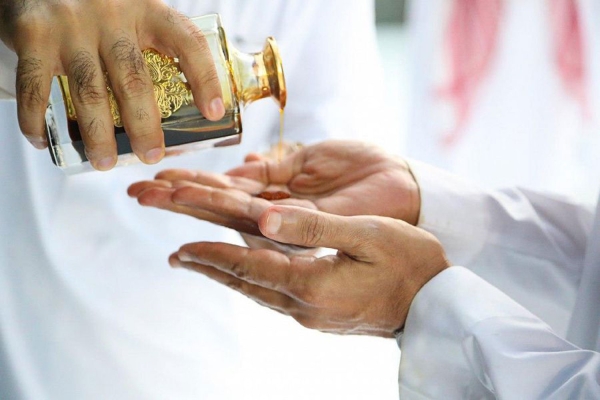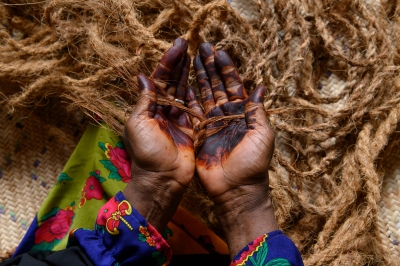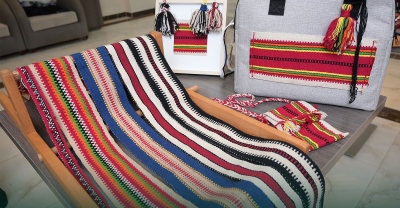

The Production of Oud Oil in the Kingdom of Saudi Arabia involves extracting the oil from specific types of trees. This industry is currently centered in ‚ÄèMakkah al-Mukarramah‚Äè, located ‚Äèwest of the Kingdom, and is dominated by family-run companies involved in the perfume trade and importation.
Sources of oud oil
Oud oil is a type of perfume derived from three primary sources: animals, plants, and, more recently, synthetic chemicals. The exact time when oud oil extraction began in the Kingdom is unknown, but it is believed to have first arrived in Makkah al-Mukarramah with pilgrims from South Asia, particularly India and neighboring countries.
Oud oil distillation apparatus
The oud distillation apparatus consists of three main components:
Boiling Unit: This is a medium-sized metal pot with a capacity ranging from thirty to sixty liters. In traditional distillation methods, the pot is sealed with a moist clay paste around the lid's edge. The lid has an opening where the condenser pipe is attached.
Condensation Unit: A metal pipe is securely attached to the top of the pot. The pipe rises twenty to forty cm above the pot’s lid, then bends downward slightly and extends through the cooling unit, ending in a collection vessel for rose water and oud oil. The pipe's diameter ranges from four to five cm at both ends, expanding to about twelve cm in the middle section surrounded by the cooling unit before narrowing to two to three cm near the end.
Cooling Unit: There are two types:
First, (the traditional method) involves wrapping a piece of wet cloth or burlap around the condenser pipe, with water continuously sprinkled on it during distillation.
The second type: is a large metal container (tank), with two holes drilled on opposite sides of it, the same diameter as the condensation tube, and one of them is higher than the other according to the degree of inclination of the condensation tube. The condenser pipe passes through this unit. During the distillation process, the tank is filled with cold water, which is replaced or supplemented with ice as it warms.
Phases of oud oil production
The extraction of oud oil involves seven phases:
Phase One: Selecting the type of oud from which the oil will be extracted, provided that the oud is of one type, or of several mixed types. Certain types are suitable for this industry, so the process must be supervised by a specialized expert, who supervises the selection of the types of oud and the mixing of the different quantities.
Phase Two: The oud is pounded using a wooden mallet on a concave rock (now replaced by electric machines) until the oud becomes like a soft straw.
Phase Three: The ground oud is mixed with an appropriate amount of water in a special pot connected to a tightly sealed distillation apparatus and a condenser pipe installed in the distillation apparatus.
Phase Four: A low flame is lit beneath the pot so that water gets boiled. As the steam rises, it carries the oud oil vapors into the condenser pipe.
Phase Five: At the end of the condenser pipe, a container collects the mixture of condensed water and oud oil, with the oil floating as droplets on the water’s surface.
Phase Six: The oud oil is gathered from the water surface and stored in sealed containers, typically large glass bottles.
Phase Seven: The bottles are left to settle, allowing residual water to separate from the oil. The oud oil is then transferred into smaller bottles for sale and use. In some cases, the oil is left in uncovered pots for some time to enhance its consistency and fragrance.
Related quizzes
Related articles

